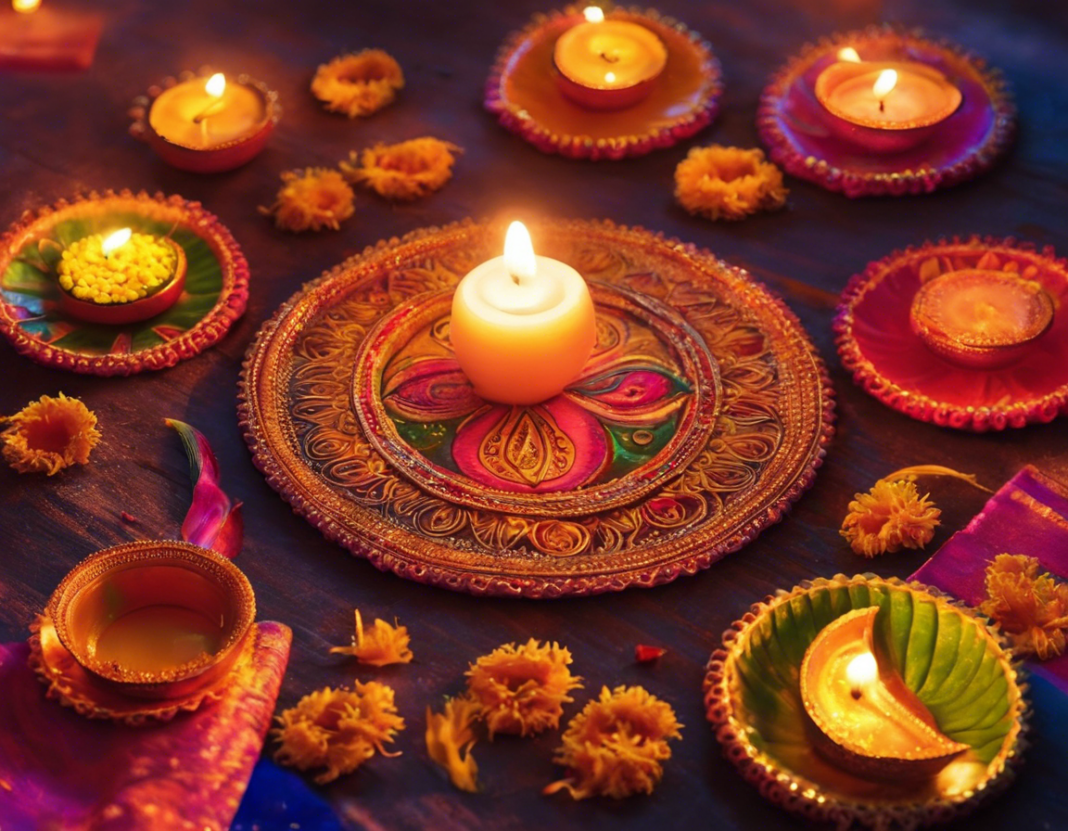Introduction
Diwali, also known as the festival of lights, is one of the most significant festivals celebrated by Hindus around the world. It symbolizes the victory of light over darkness, good over evil, and knowledge over ignorance. One of the essential aspects of Diwali celebrations is the performance of various rituals, including Diwali puja. Performing Diwali puja at the auspicious time is believed to bring prosperity, happiness, and well-being to the devotees. In this article, we will explore the significance of Diwali puja, the ideal time to perform the rituals, and the steps involved in the puja ceremony.
Significance of Diwali Puja
Diwali puja holds immense significance in Hindu culture and tradition. It is believed that performing puja on Diwali cleanses the mind, body, and soul, and invites the blessings of the divine into one’s life. The puja rituals are performed to worship Goddess Lakshmi, the symbol of wealth and prosperity, and Lord Ganesha, the remover of obstacles. By invoking the blessings of these deities, devotees seek success, prosperity, and overall well-being for themselves and their families.
Timing for Diwali Puja
The timing of Diwali puja is crucial as it aligns with the celestial energies and ensures the maximum benefits of the rituals. The ideal time for performing Diwali puja is during the Pradosh Kaal, which is the time window after sunset and before the night sets in. This period is considered highly auspicious for conducting puja rituals, as it is believed that the energies of the universe are in harmony during this time.
Steps Involved in Diwali Puja
- Preparation: Clean the house and create a sacred space for the puja.
- Set Up: Place the puja items like idols of Goddess Lakshmi and Lord Ganesha, diyas, incense sticks, flowers, fruits, and sweets.
- Invocation: Begin the puja by invoking the blessings of Lord Ganesha and seeking his blessings for the successful completion of the puja.
- Goddess Lakshmi Puja: Offer prayers, mantras, and aarti to Goddess Lakshmi to seek wealth and prosperity.
- Offerings: Offer prasad, sweets, fruits, and flowers to the deities as a gesture of respect and devotion.
- Recitation: Chant mantras dedicated to Goddess Lakshmi and Lord Ganesha to invite their blessings into your home.
- Aarti: Conclude the puja by performing aarti and seeking blessings from the deities for a prosperous life ahead.
FAQs about Diwali Puja
- What is the significance of lighting lamps during Diwali puja?
-
Lighting lamps symbolizes the victory of light over darkness and signifies the removal of ignorance from our lives.
-
Can Diwali puja be performed at any time during the day?
-
It is ideal to perform Diwali puja during the Pradosh Kaal, but if that is not possible, one can perform the puja during the evening hours.
-
Why is it important to clean the house before Diwali puja?
-
Cleaning the house is believed to remove negative energies and make space for positive vibrations during the puja.
-
What are the benefits of reciting mantras during Diwali puja?
-
Reciting mantras creates a sacred atmosphere, purifies the mind, and helps in invoking the blessings of the deities.
-
Can one perform Diwali puja without a priest?
- Yes, Diwali puja can be performed by individuals or families without the presence of a priest, following the correct rituals and mantras.
Conclusion
Diwali puja is a sacred tradition that brings families together to seek the blessings of Goddess Lakshmi and Lord Ganesha. By performing the puja at the right time and with devotion, devotees invite prosperity, happiness, and abundance into their lives. The rituals involved in Diwali puja are meant to purify the mind and soul and create a harmonious atmosphere filled with positivity and divine blessings. May this Diwali bring light, joy, and prosperity to all who celebrate this auspicious festival.





